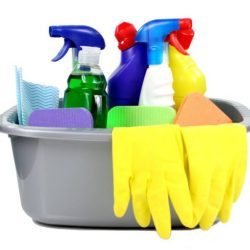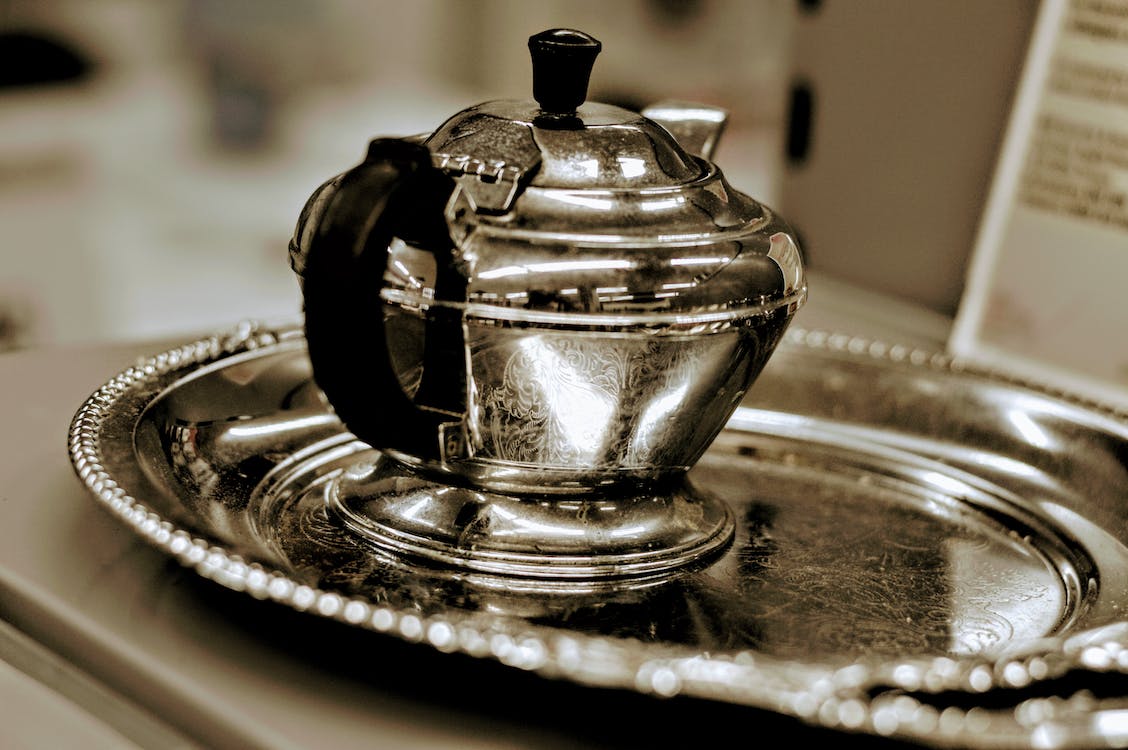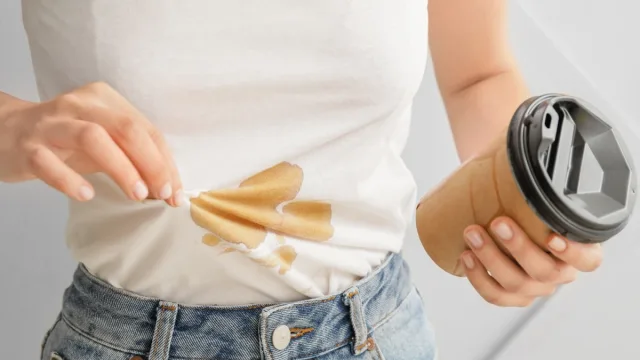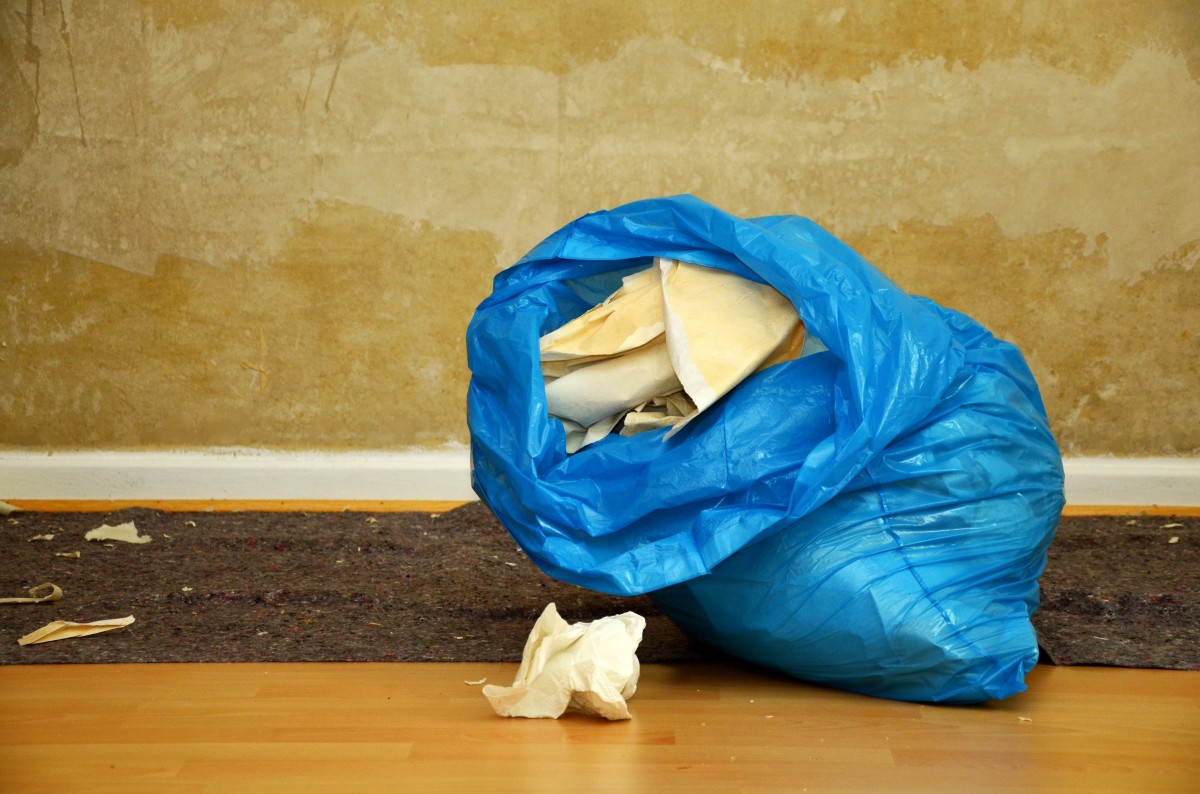How to Clean Your Silverware
Summary
Step 1: Wash silver to keep it shiny
Step 2: Polish silver if it is a little oxidized
Step 3: Strip silver if it is heavily oxidized
Step 4: Clean silver the old-fashioned way
Step 5: Preserve silver
If you have silver flatware, candlesticks, or dishes, you inevitably notice that they tarnish over time. Silver oxidizes and darkens when stored in a felt box away from light and humidity. But simple methods can give it a second youth. From washing to stripping and polishing, here’s how to clean silver to bring it back to its former glory.
1. Washing silver to keep its shine
Washing silverware allows you to get rid of its dull veil and small surface dirt, especially in the chasing. This will give the silver a new shine and should be done before polishing or stripping.
Remove removable parts such as teapot knobs, wooden handles…
Fill a plastic basin with boiling water, then pour a large handful of soap shavings.
Tip: If you don’t have shavings, grate a soap bar.
Stir with a wooden spoon until the soap shavings are completely diluted.
Completely immerse the silver piece(s) in hot water.
Scrub smooth areas thoroughly with a sponge and use a toothbrush or soft synthetic bristle brush for chiseled areas.
Then remove the pieces from the water, rinsing them with warm water.
Wipe them with a lint-free cotton cloth or, better still, a piece of linen cloth.
Finish by wiping all the silver with the chamois to shine; this step is unnecessary if you need to strip the silver afterward.
Note: if the silver is clean and shiny after washing, it does not need to be polished.
2. Polish silver, if it is a little oxidized
Polishing is necessary when silverware shows gray or black marks.
Spread newspapers on the work surface.
Put on gloves to protect your hands, preferably cloth.
Then put some silver polishing paste on a cotton cloth.
Use small circular motions on the surface of the silver, turning the cloth often.
Do this in small areas until all traces of black or gray are removed.
When the object is clean, wipe it with a new cloth.
Finish by washing it thoroughly.
Note: Silver does not require regular maintenance, so it is best to use quality, long lasting polishes.
Important: Avoid long polishing sessions that gradually remove the silver on silver-plated metal.
3. Pickle silver if it is very oxidized
An electrochemical bath does pickling. It should only be done when the silver is oxidized.
Important: this method is a bit aggressive; it should be done only if useful and should not become a common cleaning practice.
Observe certain precautions
Since the chemical reaction is quite violent, it is advisable to observe certain precautions.
Work outdoors or in a clear, stable area.
If indoors, ventilate the room and protect your work surface with a plastic sheet.
Wear gloves, safety glasses, and work clothes.
Keep children and pets away.
Prepare the basin and items to be stripped
Take a large plastic basin and the silver objects you will be stripping.
Line the basin with aluminum foil, leaving a large overhang.
Note: the quality of the foil does not affect the result of the electrochemical bath.
Fold the foil over the basin’s edges: it should be above the water level.
Tie a piece of kitchen string to each object.
Place the items stripped in the basin, ensuring they do not touch each other.
Tip: You can use an aluminum pot instead of the basin, which means you don’t need to use aluminum foil.
Proceed to the electrochemical bath
Once the basin and the silverware are prepared, you can proceed to the electrochemical bath.
Bring 2 liters of water to a boil and pour it into the basin.
Add a large glass of baking soda at arm’s length.
Stand back while the chemical reaction takes place.
When the reaction has subsided, stir the water’s surface with a wooden spoon without moving the objects.
Let them soak until there is no further noticeable change in the stains; all the silverware may turn black but evenly.
Then clean each piece with a soft scouring pad.
Rinse with clean water.
Wipe each item with a cotton or linen cloth.
Finish with silver polish.
Caution: It is not recommended to strip alloys and weighted items such as candle holders.
4. Clean silver the old-fashioned way
Potato cooking water and blanc de Meudon are two “old-fashioned” ways to remove surface stains. They must be followed by washing.
A method with potato cooking water
Silverware can be cleaned with potato cooking water.
After cooking potatoes in water, collect the cooking liquid and bring it to a boil.
Allow it to cool before straining (coffee filter or clean cloth) to remove impurities.
Pour the water into a basin and immerse the objects in it: they must not touch each other.
Cover the bowl with a clean cloth and let it sit overnight.
Rinse the silverware with warm water and wash it.
A method with a Meudon white paste
Meudon white works well to remove stains.
Pour 1 to 2 tablespoons of Meudon white into a saucer reserved for DIY.
Make a well in the middle, then pour a little water to make a smooth, non-liquid paste.
Put some of this paste on a lint-free cotton cloth.
Use small circular motions to polish the surface of each object until the silver is clean.
Rinse with lukewarm water, then do a wash.
5. Preserve silver
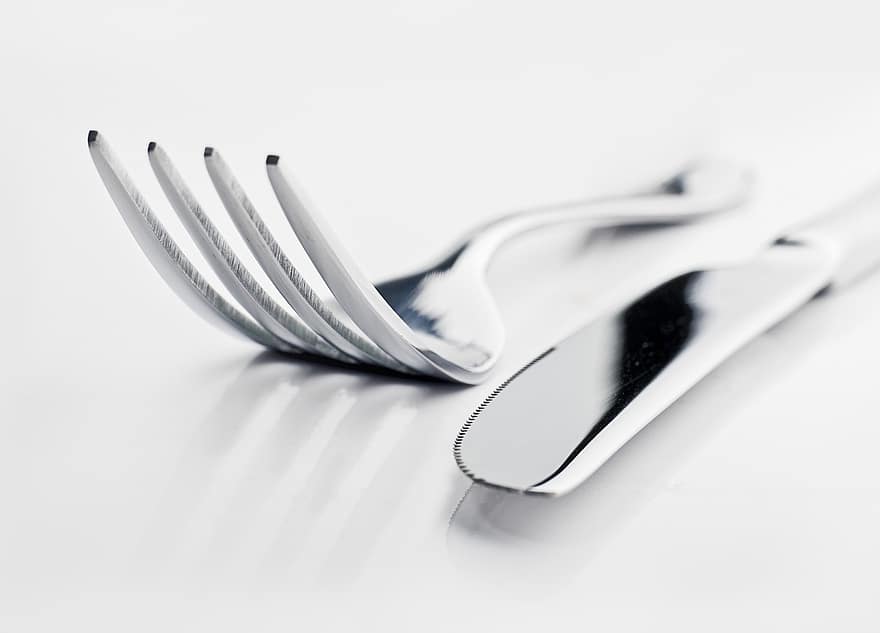
To preserve beautiful silverware for a long time, follow a few golden rules:
Avoid putting it in contact with bulgur, salt, or salad dressing.
Store it in the appropriate boxes or bags.
If you don’t have a box or case, wrap your silverware in tissue paper and put it in zip lock bags.
Necessary: never use rubber bands to tie up silver flatware, as this can cause irreversible black spots.
Tip: If there is a risk of humidity after wrapping the silverware in tissue paper and putting it in plastic zip lock bags, prick the bags with a fine needle, or use microperforated polyethylene bags.
Materials needed to clean silverware
Tarp
Basin
Baking soda
Whitewash
Used toothbrush
Cloth
Paper scissors
Soup spoon
Wooden spoon
Scotch Brite sponge
Gloves, mask, and goggles
Aluminum foil
Tissue paper
Newspaper
Polishing paste
Freezer bags
Soap
Abrasive pad
